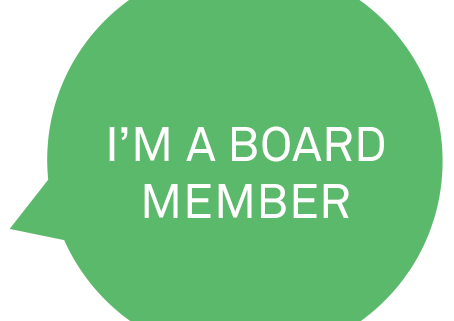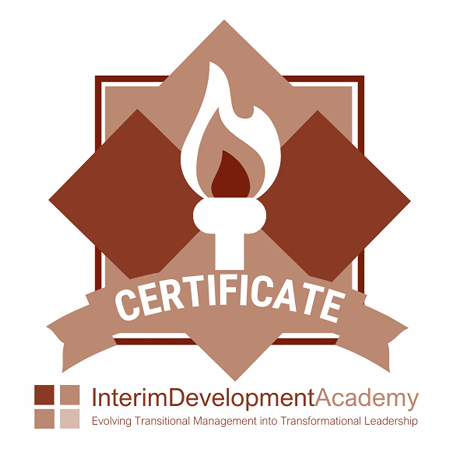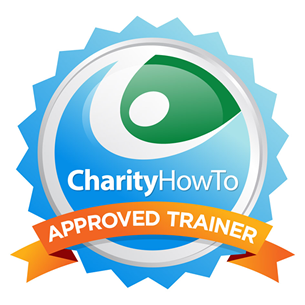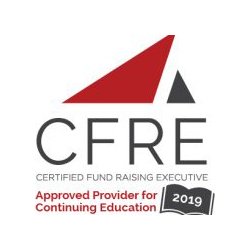Just this week, I was working with a client, and we were discussing Board member engagement in fund development. The assumption was, ho hum, “they just won’t participate.” It was then that I came across a blog article outlining all of the wonderful ways that you can engage your Board in fundraising. You know things like, make thank you calls, write notecards, etc., etc., etc.
To be honest, we have heard these over and over again. The reality is that even though you can talk about all the different ways that Board members can participate in the process of raising philanthropic dollars, it still doesn’t cause engagement.
So, my client and I stepped back and bit and talked about how some successful organizations ARE engaging their Boards in fundraising. And, what we noticed is that with very successful organizations, it all begins with how you recruit, screen, and bring on new Board members to your organization. And, here based on that evaluation are some simple steps that you can take to revolutionize your Board engagement.
And, here based on that evaluation are some simple steps that you can take to revolutionize your Board engagement.
Here is what I recommend:
- As a fundraiser, become a member of the Board nominating or preferably governance committee, if not already a member. And, as an executive, advocate for your fundraiser’s participation on this important committee. It all starts here.
- Develop a formally written and adopted Board recruitment process and procedure.
- One you have identified an appropriate Board member candidate, schedule a screening interview. (Yes, a screening interview! Why would you not screen for one of the most important jobs in your organization?)
- Send the prospective candidate information in advance i.e. things like your brochure, a list of volunteer opportunities, committee listings, relevant Board policies, etc., etc.
- At the interview, first, review the process and purpose of the meeting i.e. “getting-to-know” each other interview.
- Then review with the candidate the organization’s values, mission, and services seeking alignment. If the candidate does not align with those core elements of your organization’s identity that is a “red flag.”
- Share with the candidate the major issues facing the organization both opportunities and challenges.
- Share with the candidate the different ways that the organization uses volunteers i.e. committees, policies, meeting schedule, etc., etc.
- Review skills, experiences, diversity, and network needs that the organization has identified. Discuss with the candidate which of these they desire using on behalf of the organization. Seek alignment.
- Review Board member responsibilities and expectation, particularly around fund development seeking commitment to them
- Close the meeting but don’t make any decisions yet.
- Bring all of this information back to the nominating/governance committee to discuss and make recommendations. Remember the fundraiser must sit on this committee.
- Once the candidate is voted on and accepted, bring them on and into an orientation process reviewing the organization’s values, mission, services, and goals. At this time, provide training on a “Culture of Philanthropy” and further reiterate the Board expectations around engagement in development.
- Have all Board members sign a Board Member Contract agreeing to uphold this commitment regarding responsibilities and expectation and develop a Board Fund Development Expectation Form that the Board member must sign and date indicating how exactly what they explicitly commit to upholding. Email me for a sample Board Fund Development Expectation Form.
- Board Chair reviews Board member’s performance throughout the year to ensure performance meets expectations and outlined contract. If the Board member’s performance does not meet expectations, the Board Chair MUST “thank and release” the Board member. Yes, this MUST happen for the whole process to maintain its credence. You must “thank and attrition” poor performers.
The key to Board engagement is truly about setting and managing Board member’s expectations BEFORE they even join your Board of Directors. This way, they know right up front what is expected of them as they perform their role. What I often hear from client’s Board members, is that “I had no idea that was what I was supposed to be doing.” So, out of fear of the unknown, Board members are hesitant about ever committing to fund development because the importance has never been relayed to them, training never provided, and the expectations never set.
So, while all these great articles can espouse how to engage your Board members in making telephone calls and writing note cards, you can’t even hope for them to begin to participate in your fundraising efforts if they are unsure of what you expect from them. This engagement all starts before they officially come onboard.
Follow the above recommended “How To’s” and watch your Board member engagement in fundraising and your organization soar!













I think this is a great blog Robin and speaks to the need for organizations to actually have a plan for Board involvement. In many cases the introduction to a potential board member includes some commentary that suggests “it really is not too much of a commitment for you – we meet usually once a month and then have maybe a couple of events for you to attend.” In reality, an organization needs much more from their board, including fundraising – and much better to be upfront with an organized introduction than to explain it all after the fact.
I would also suggest it is a good idea to have a profile of each board member to take into account gender, age, work affiliation, location relative to the organization, past involvement in nonprofits, etc. Then you can and should be looking to develop a board prospect list that compliments your existing members and potentially fills in any weak spots.
Yes, I agree with your addition! A profile of each board member would be great to fill in weak spots. As well as a Board composition analysis!